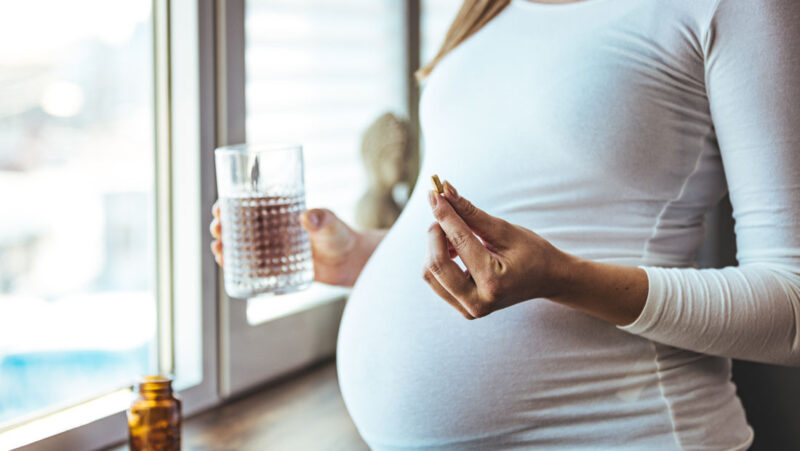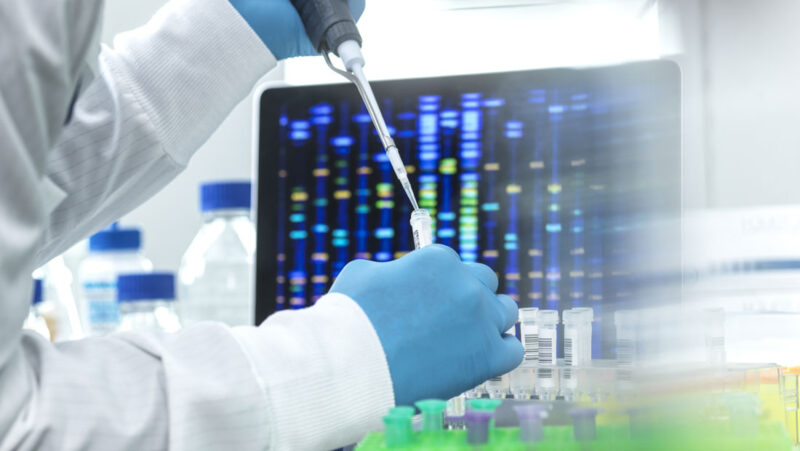As members of UKCPA, three talented pharmacists were awarded funding to attend the distinguished European Congress of Clinical Microbiology & Infectious Diseases (ECCMID)in Amsterdam this year. With 3000 speakers,2500 posters and fourteen venues running concurrent seminars, this was a sweetshop for the wide-eyed infection pharmacist.
We find out what they learnt about administering beta-lactam antibiotics and cutting-edge research on how IL-6 can be used to quantitatively measure immune response.
Continuous or intermittent infusion of beta-lactam antibiotics?
Richard Wilson and Alice Liu both attended a seminar on continuous infusions of beta-lactams in critical care, led by Professors Marc Bonten and Jason Roberts. Professor Roberts, an Australian NHMRC Practitioner Fellow whose research is primarily directed at optimizing antibiotic dosing in difficult to treat patients, reported that there is a 20 percent chance that critically ill patients receive a sub-therapeutic dose of beta-lactam antibiotics and that these patients are three times more likely to have treatment failure.
There is a 20 percent chance that critically ill patients receive a sub-therapeutic dose of beta-lactam antibiotics
As beta-lactamantibiotics are time-dependent drugs which rely on PK-PD targets on prolonged interval of antibiotic exposure (that is, free antibiotic concentrations above the minimum inhibitory concentration (MIC) of the pathogen), he suggests that continuous infusion of beta-lactam antibiotics should be adopted in critically ill patients with severe sepsis, instead of intermittent infusion.
Professor Roberts is currently leading the definitive BLING III study which aims to address several clinically relevant endpoints.
IL-6 measures immune response
Richard Wilson’s own research is based around novel PK-PD indices such as AUC:EC50 (using CRP as a biomarker) which can be used to individualise antimicrobial doses. So he was excited to attend a seminar by Professor Nielsen who highlighted how IL-6 (a cytokine which stimulates hepatic CRP production) can be used to quantitatively measure immune response. Maximum IL-6 concentrations are reached in hours versus days for CRP, which means it might be also be useful for measuring therapeutic response in the early phase of treatment.




